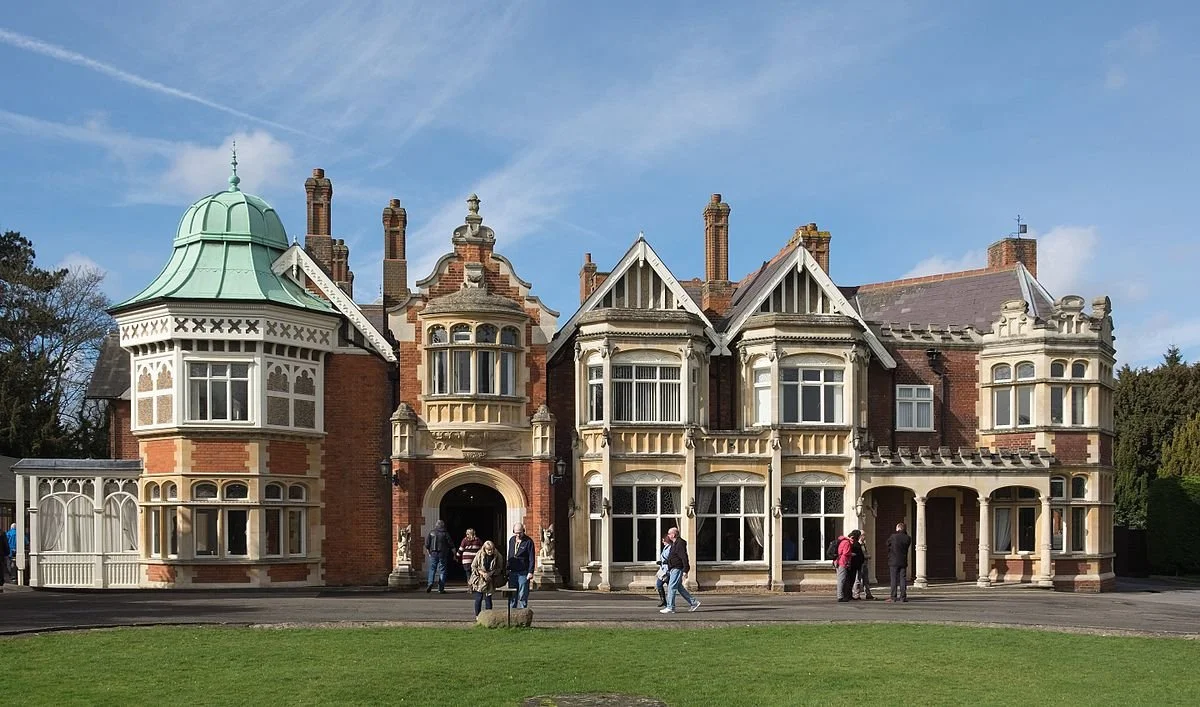Pilgrimage: To the Origins of Data Science (2)
A Journey Through Bletchley Park: The Birthplace of Modern Informatics
Nestled in the quiet countryside of Buckinghamshire, Bletchley Park is an unassuming yet profoundly significant site. During World War II, it was the nerve center of British codebreaking efforts and the birthplace of modern informatics. Today, a visit to Bletchley Park offers a fascinating glimpse into the pivotal work that not only shortened the war but also laid the groundwork for the field of data science and computing.
A Brief History of Bletchley Park
Bletchley Park, originally a Victorian mansion, became home to Britain’s top-secret Government Code and Cypher School (GC&CS) in 1938. As World War II intensified, the estate transformed into a bustling hub of cryptographers, mathematicians, and engineers. At its peak, over 9,000 people worked in shifts around the clock to decipher enemy communications, primarily those encrypted by the German Enigma and Lorenz machines.
The intelligence produced at Bletchley, codenamed "Ultra," was crucial to the Allied war effort. It provided insights into enemy operations, allowing the Allies to make informed strategic decisions that significantly contributed to the defeat of the Axis powers. Despite its monumental impact, the work done at Bletchley Park remained a closely guarded secret for decades.
The Bombe Machine: Turing's Legacy
One of the most remarkable innovations at Bletchley Park was the development of the Bombe machine, designed by Alan Turing, a mathematician whose work laid the foundation for modern computing. The German military used the Enigma machine to encrypt their communications, believing it to be unbreakable. However, Turing and his colleagues were undeterred.
The Bombe machine, an electromechanical device, was created to expedite the process of breaking Enigma-encrypted messages. It worked by systematically searching for the correct settings of the Enigma machine used by the Germans each day. By automating this search, the Bombe drastically reduced the time required to decode messages, turning weeks of manual work into hours.
Turing’s Bombe was not just a triumph of wartime engineering but also a precursor to modern computing. It demonstrated the power of automation in problem-solving, an idea that would later evolve into the field of computer science. Turing's concepts of algorithms and machines capable of executing complex tasks form the bedrock of informatics, which is integral to data science today.
Bletchley Park Today
Visiting Bletchley Park today, one can walk through the very rooms where some of the greatest minds of the 20th century worked in secrecy. The site has been meticulously preserved and transformed into a museum that tells the story of the codebreakers and their groundbreaking achievements.
The Bombe machine is one of the highlights of the exhibit. Seeing the machine in person offers a tangible connection to the origins of informatics. It’s a reminder of how far we’ve come—from electromechanical devices to the advanced algorithms and data-driven technologies that power our world today.
For those in the field of data science, a visit to Bletchley Park is more than just a historical tour. It’s an exploration of the roots of our discipline, a chance to reflect on the evolution of computation, and an inspiration to continue pushing the boundaries of what is possible.
In an era where data drives decisions across industries, understanding the legacy of pioneers like Turing can provide valuable perspective. Bletchley Park is a testament to how innovation in times of crisis can lead to advancements that benefit generations to come.
